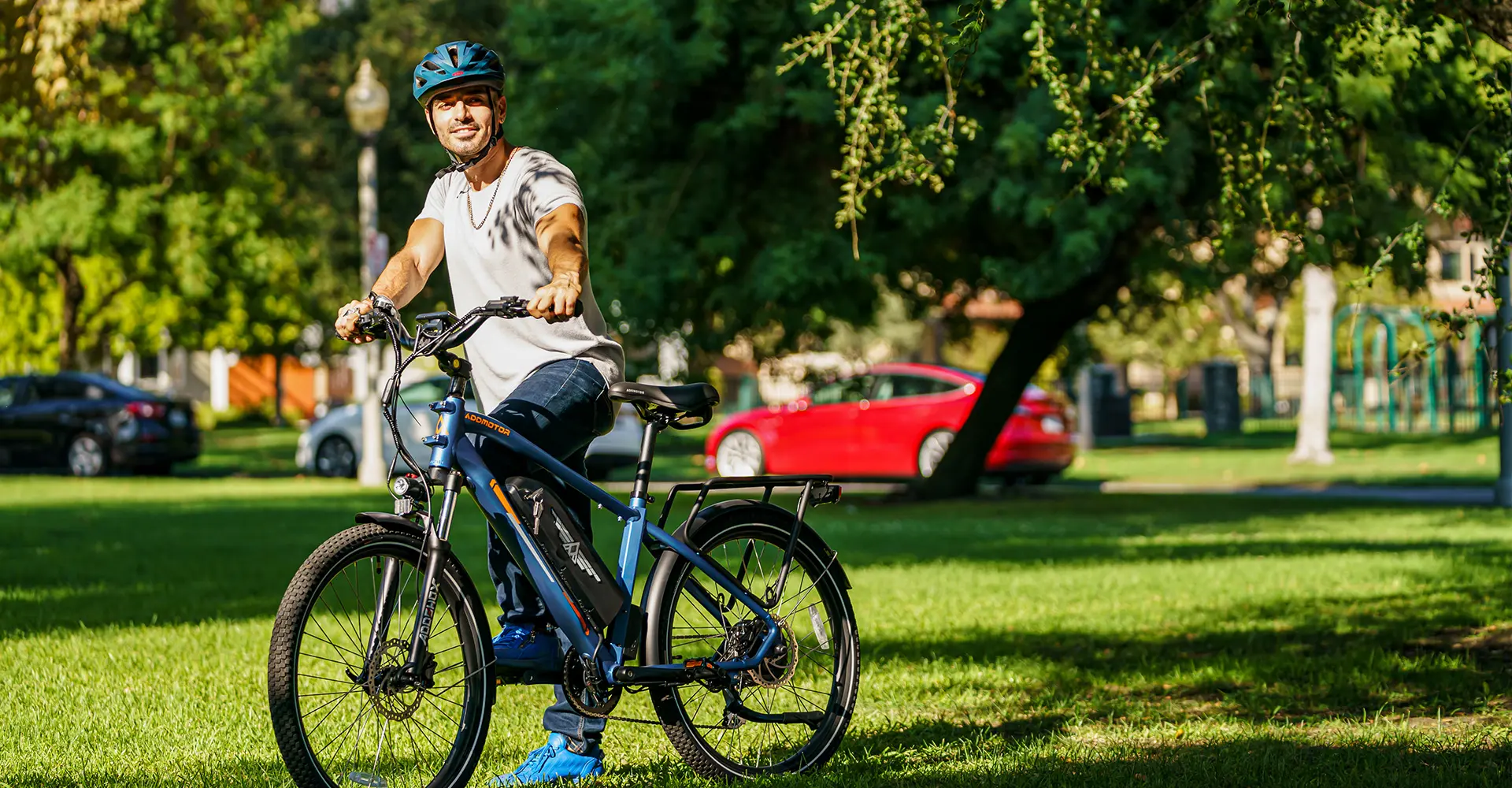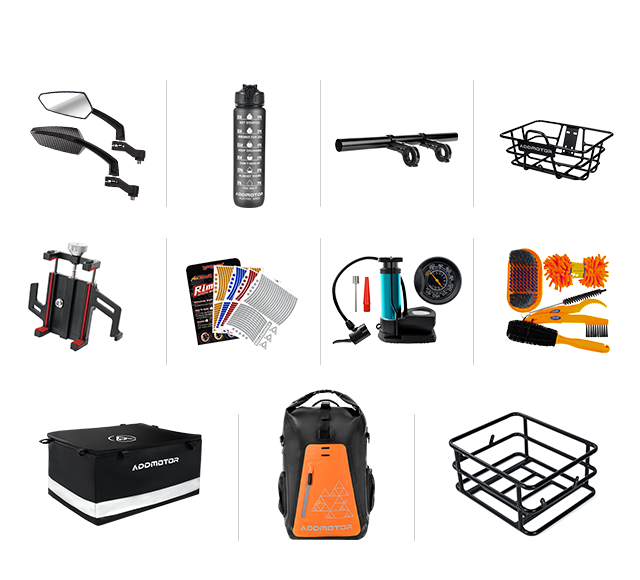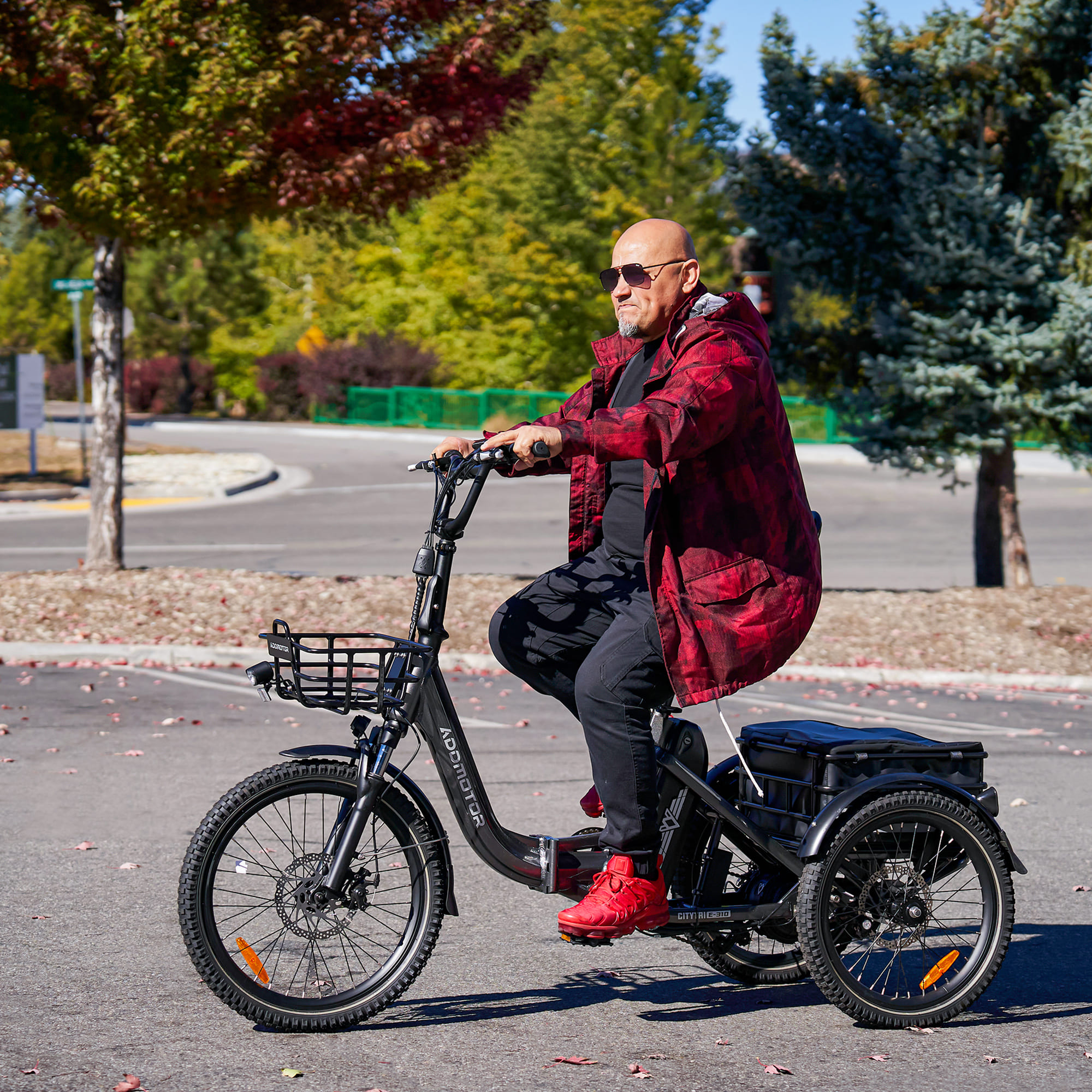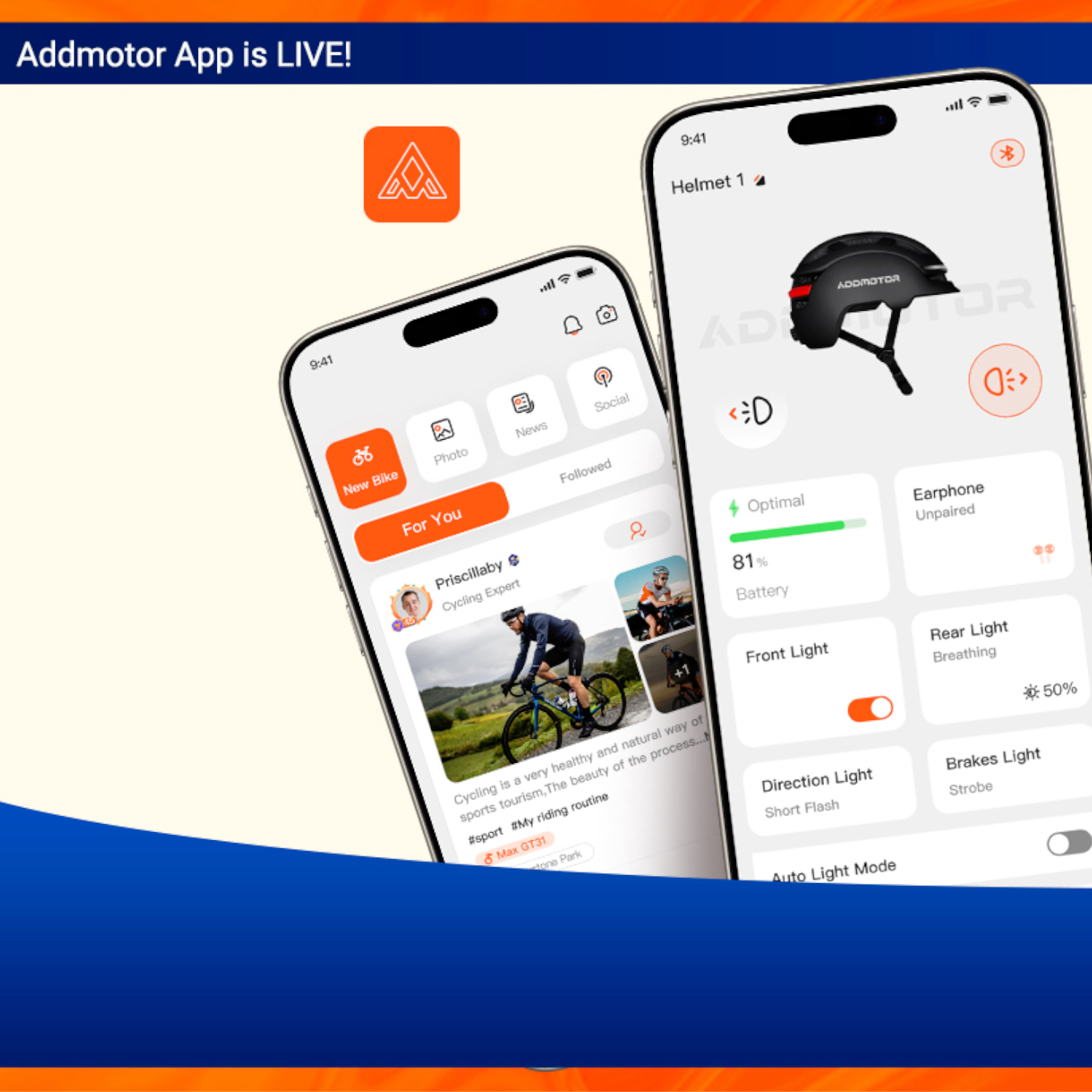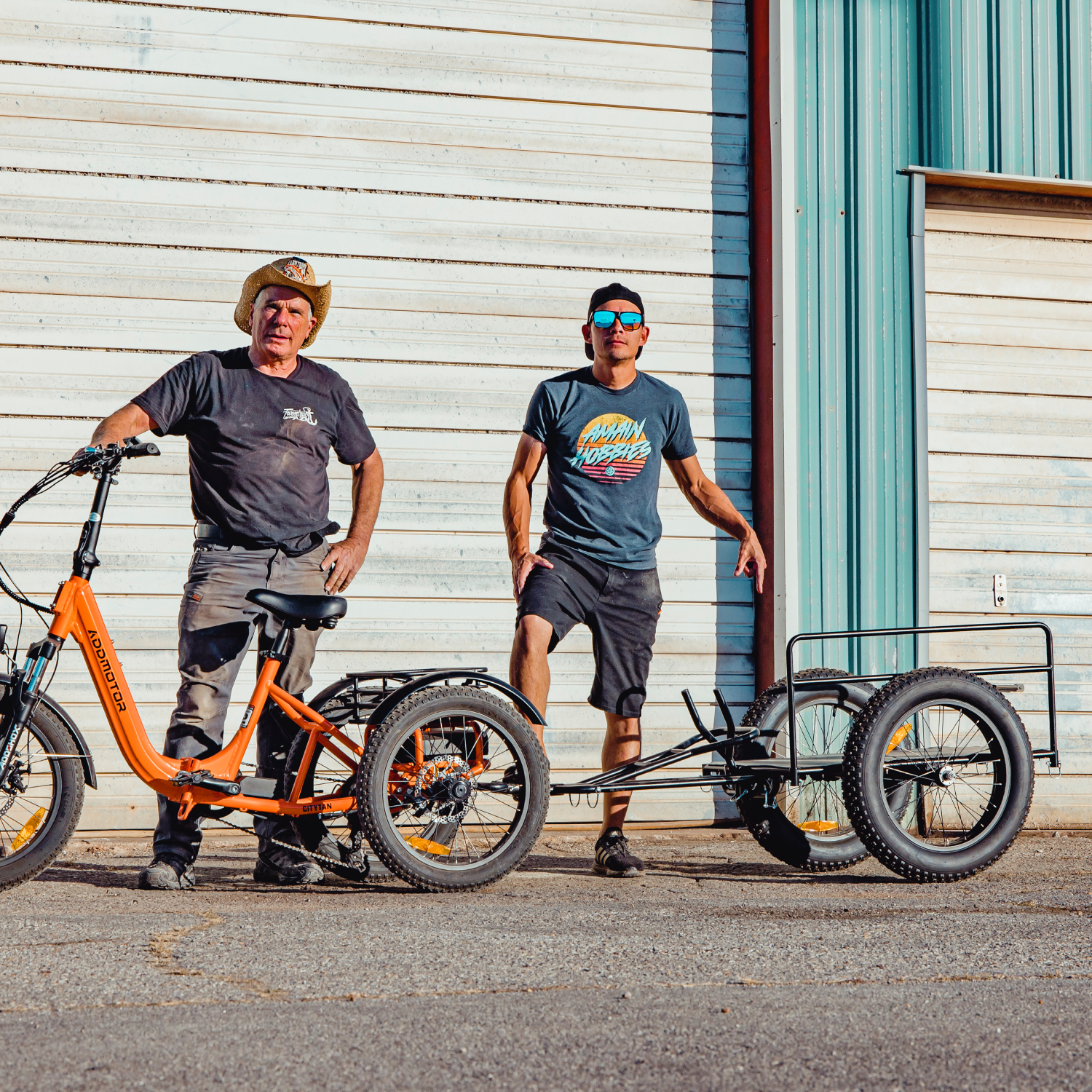How Fast Can Electric Bikes Go? Everything You Should Know
By Addmotor | 16 February 2023 | 0 Comments
Electric bikes are the latest means of transportation in the industry. They allow you to pedal faster, more efficiently, and with less effort when you have an electric motor to assist you. People who cycle to work will love it since they won't be soaked in sweat when they arrive.
Electric bikes are not only handy for commuting, but they can also make people's lives easier. Using an e-bike adds an extra boost to your ride, so you'll remain active, burn calories, and improve your cardiovascular fitness. With plenty of added features and benefits, these ebikes are attracting more and more customers. A new generation of riders brings new questions as well.
In regards to E-bikes, the speed of these e-bikes is one of the most frequently asked questions. The question is legitimate, as you are adding a motor to a mode of transportation that humans have devised with their ingenuity.
This blog aims to explore how fast these electric bikes can travel and what factors influence them.
Even though an E-bike has a motor, it is still a bicycle, not a scooter. It is pertinent to note that there are many factors that determine how fast an electric bike can go, including the laws, the weight, and the motor power. It may be fun to hit high speeds on an e-bike, but it may be detrimental to its range.
The reason for these speed limits is several-fold, but the most important is rider and pedestrian safety, especially since e-bikes are very quiet and hard to hear. You will need to ride an e-bike off-road in a safe area if you want to ride one without a speed limiter.
In this classification, you can ride an e-bike at up to 20mph, with a maximum motor wattage of 750W. It is possible to achieve longer mileage and conserve battery power with Class 1 electric bikes.
Electric bikes with both throttle and pedal-assist modes are categorized in Class 2. The motorized bike in Class 2 can reach a speed of 15 miles per hour in throttle mode and 24 miles per hour with pedal assist.
Due to more powerful motors, the e-bikes in Class 3 have specific rules and regulations as well. To use a Class 3 electric bike, you must be above 17 and might need motor licensing and other requirements as well.
Electric bikes are not only handy for commuting, but they can also make people's lives easier. Using an e-bike adds an extra boost to your ride, so you'll remain active, burn calories, and improve your cardiovascular fitness. With plenty of added features and benefits, these ebikes are attracting more and more customers. A new generation of riders brings new questions as well.
This blog aims to explore how fast these electric bikes can travel and what factors influence them.
Speed of E-bikes
It's true that electric bikes can go as fast as you want them to, but there is a catch. If you exceed a certain speed on an e-bike, the motor will stop and you will need to pedal to keep riding. Local speed limit laws limit the maximum motorized speed of an e-bike.Even though an E-bike has a motor, it is still a bicycle, not a scooter. It is pertinent to note that there are many factors that determine how fast an electric bike can go, including the laws, the weight, and the motor power. It may be fun to hit high speeds on an e-bike, but it may be detrimental to its range.
The reason for these speed limits is several-fold, but the most important is rider and pedestrian safety, especially since e-bikes are very quiet and hard to hear. You will need to ride an e-bike off-road in a safe area if you want to ride one without a speed limiter.
Different Classes of Electric Bikes & How Fast Do Electric Bikes Go
Electric bikes travel at varying speeds depending on their motor size. In the United States, almost all ebikes can exceed their specified speed limits. As a result, e-bikes are typically categorized into three classes based on their speed and functionality:Class 1
A Class 1 electric bike has a motor that only works when the pedal is pushed. In this category of bikes, there is a pedal-assist mode. In other words, you can't operate your fat tire electric bike without pedaling if you don't have motor assistance.In this classification, you can ride an e-bike at up to 20mph, with a maximum motor wattage of 750W. It is possible to achieve longer mileage and conserve battery power with Class 1 electric bikes.
Class 2
There is also a full speed limit of 20 miles per hour on Class 2 ebike. The only difference is that there's a throttle assist system as well. The throttle system, which is usually found on bike handlebars, can either be operated with a button or by gripping and twisting.Electric bikes with both throttle and pedal-assist modes are categorized in Class 2. The motorized bike in Class 2 can reach a speed of 15 miles per hour in throttle mode and 24 miles per hour with pedal assist.
Class 3
In class 3 electric bikes, there might be no throttle mode but they are equipped with upgraded motors. Most of the electric bikes in this category have 750W or more powerful motors installed. The top speed of electric bikes in this class is up to 28 mph in pedal assist mode.Due to more powerful motors, the e-bikes in Class 3 have specific rules and regulations as well. To use a Class 3 electric bike, you must be above 17 and might need motor licensing and other requirements as well.
Bottom Line
People who want to reach their destinations more quickly and exert less effort while cycling can use electric bikes. Using a pedal assist ebike, you can cover longer distances and reach your destination more quickly. To meet your needs, Addmotor offers plenty of electric bikes for all classes.Leave a Reply
Your email address will not be published.Required fields are marked. *
Latest Stories

